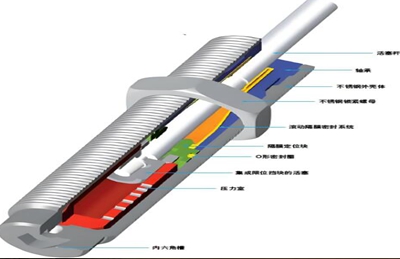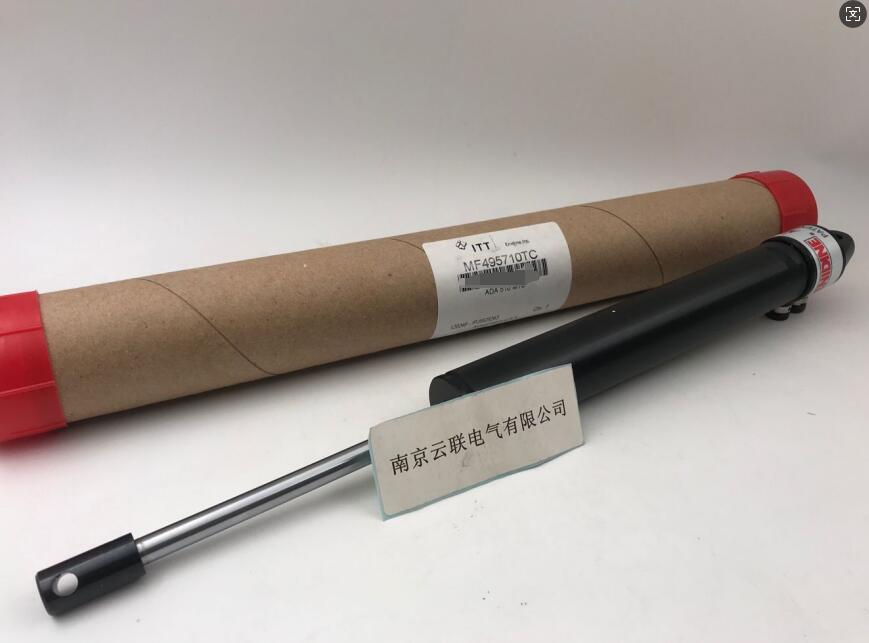
Telephone
025-52791167,52791168
13390905858
13390905858

Principle and Method of Adjusting the Saturation Range of Speed Controller Buffer
The speed controller plays a crucial role in modern industrial control systems, as it can accurately adjust the operating speed of equipment to meet various requirements in the production process. As an important component of the speed controller, the adjustment of the saturation range of the buffer directly affects the performance and stability of the system.
The main function of the speed controller buffer is to buffer and process the input signal to avoid excessive impact on the system due to signal mutations. When the input signal exceeds the processing capacity of the buffer, saturation occurs. Buffer saturation may lead to slower system response, decreased control accuracy, and even instability.
To adjust the saturation range of the speed controller buffer, it is necessary to first understand the working principle of the buffer. Generally speaking, buffers can be divided into two types: analog buffers and digital buffers. Analog buffers are usually composed of operational amplifiers and other components, which achieve buffering function by amplifying and filtering input signals; A digital buffer utilizes chips such as digital signal processors (DSPs) to process and store digital signals.
There are several methods to adjust the saturation range for analog buffers, including the following. The first method is to adjust the gain of the operational amplifier. By changing the feedback resistance or input resistance of the operational amplifier, its gain can be adjusted to change the saturation range of the buffer. Generally speaking, the larger the gain, the smaller the saturation range of the buffer; The smaller the gain, the larger the saturation range. The second method is to add a limiting circuit at the input of the buffer. The amplitude limiting circuit can limit the amplitude of the input signal so that it does not exceed the processing capacity of the buffer, thereby avoiding the occurrence of saturation phenomenon. Common limiting circuits include diode limiting circuits and voltage regulator limiting circuits.
The method of adjusting the saturation range for digital buffers is relatively complex. Firstly, it is necessary to quantize the digital signal and convert it into a digital quantity. Then, based on the capacity and processing capability of the buffer, set an appropriate quantization range. Generally speaking, the larger the quantization range, the larger the saturation range of the buffer; The smaller the quantization range, the smaller the saturation range. In addition, the performance of the buffer can be optimized by adjusting the algorithm of the digital signal processor, such as using adaptive filtering algorithms.
When adjusting the saturation range of the speed controller buffer in practice, it is necessary to comprehensively consider the specific application scenario and system requirements. Firstly, it is necessary to clarify the maximum input signal amplitude and frequency range of the system in order to determine the appropriate buffer saturation range. Secondly, it is necessary to consider the response speed and accuracy requirements of the buffer and choose an appropriate adjustment method. Finally, experimental testing and optimization are needed to continuously adjust the parameters of the buffer to achieve optimal performance and stability of the system.
In short, adjusting the saturation range of the speed controller buffer is an important step that directly affects the performance and stability of the system. By adjusting the parameters of the buffer reasonably, the occurrence of saturation phenomenon can be effectively avoided, and the response speed and control accuracy of the system can be improved. In practical applications, it is necessary to comprehensively consider and optimize according to specific situations to meet different industrial control requirements.

telephone:025-52791167,52791168
Fax:025-52791169
Phone :13390905858
mailbox:njxj888@163.com skype:yluedq
Address:Jiangning Shuanglong Avenue No.1222 Nanjing, Jiangsu. China P.O. 211100